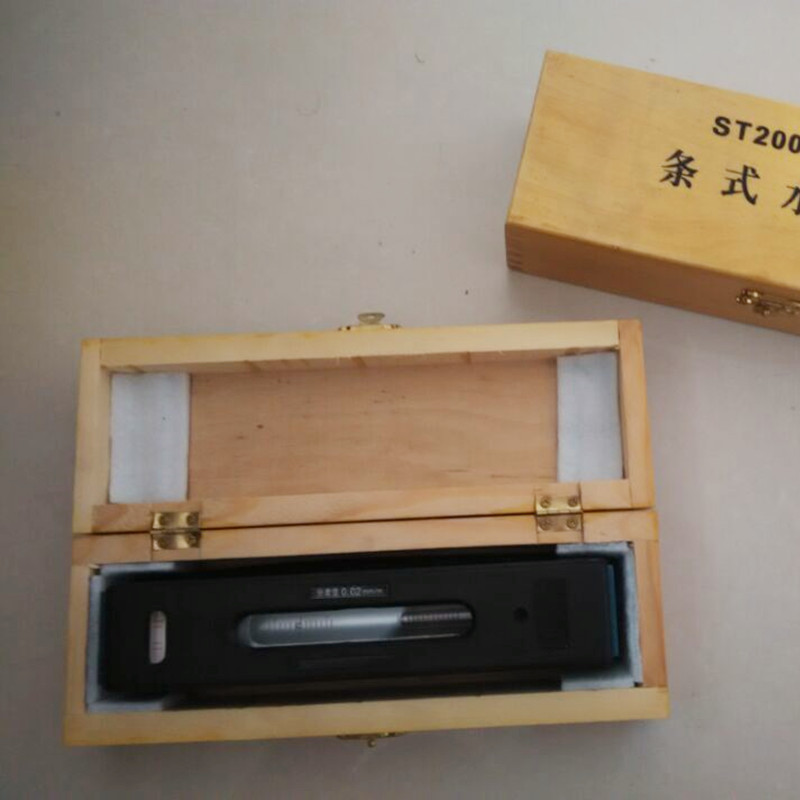ພ.ຈ. . 09, 2024 10:28 Back to list
Flanged Y Strainers for Efficient Liquid Filtration Solutions
The Y Strainer Flange Type A Comprehensive Overview
In the realm of fluid mechanics and piping systems, strainers play a crucial role in maintaining the integrity and efficiency of operation across various industrial applications. Among the various types of strainers available, the Y strainer flange type is particularly favored for its design and functionality. This article will delve into what Y strainers are, their features, applications, and benefits, with a focus on the flange type.
What is a Y Strainer?
A Y strainer is a device designed to filter out debris and contaminants from a fluid, whether it be liquid or gas. Its shape resembles the letter Y, which is where it derives its name. This unique design allows for a compact configuration that is easy to install within pipelines without demanding extensive space. The Y strainer operates on the principle of diverting incoming flow through a straining element, usually a screen or mesh, which captures particles while allowing the fluid to pass through.
Flange Type Design
The flange type of Y strainer is characterized by its end connections that come with flanges, allowing for easy attachment to pipes. Flanged connections offer several advantages, such as providing a more secure and tight fit compared to welded or threaded options. This feature is particularly beneficial in applications involving high pressure or where vibration is a concern.
The flanged design also facilitates easy maintenance and cleaning. In the event that the strainer becomes clogged, it can be quickly removed from the pipeline for servicing, ensuring minimal downtime and disruption to operations. Furthermore, a wide range of flange standards, including ANSI, JIS, and DIN, allows for versatile installation options in different settings.
Key Features
1. Material Composition Y strainers are often constructed from materials such as stainless steel, cast iron, or carbon steel, depending on the specific requirements of the application. Stainless steel, for instance, offers excellent corrosion resistance, making it ideal for applications involving corrosive fluids.
2. Screen Options The mesh size of the screen can vary, allowing customization based on the size of particles that need to be filtered. This adaptability ensures that the strainer can perform efficiently in a variety of environments.
y strainer flange type

3. Pressure Ratings Flange type Y strainers come with different pressure ratings, making them suitable for high-pressure applications typical in industries such as oil and gas, water treatment, and HVAC systems.
Applications
The Y strainer flange type finds its application across numerous industries. In petrochemical plants, they are used predominantly in pipelines to protect expensive equipment from particulate damage. In HVAC systems, Y strainers help in filtering out debris from cooling and heating fluids, ensuring efficient operation of the systems. Water treatment facilities also utilize these strainers to prevent sediments from entering pumps and other critical components.
Benefits
1. Enhanced Equipment Longevity By filtering out contaminants, Y strainers help extend the life of downstream equipment, reducing maintenance costs and increasing operational efficiency.
2. Versatile Installation The flanged design simplifies installation in various pipe configurations, allowing for easy adaptation to existing systems.
3. Reduced Downtime The ease of access for maintenance means that any necessary cleaning or repairs can be conducted with minimal disruption to operations.
4. Cost-Effectiveness While the initial investment in a Y strainer might be higher compared to simpler filters, the long-term savings from reduced maintenance and equipment replacement can make it a wise choice.
Conclusion
The Y strainer flange type is an essential component in many industrial processes where fluid integrity is critical. Its durable construction, ease of installation and maintenance, and ability to effectively filter out contaminants make it a reliable choice for various applications. By investing in a quality Y strainer, industries can ensure the longevity and efficiency of their systems, ultimately leading to enhanced productivity and reduced operational costs. As technology advances, we can expect further innovations in strainer designs, enabling even greater efficiency and performance in fluid management systems.
-
Y Type Strainer Maintains System Efficiency Long TermNewsJul.15,2025
-
Valve Selection Guide for Industrial ApplicationsNewsJul.15,2025
-
Steel Fab Table Provides Durable Work Surface for WeldingNewsJul.15,2025
-
Pad Iron Provides Stable Support for Heavy MachineryNewsJul.15,2025
-
One Inch Check Valve Fits Standard Plumbing SystemsNewsJul.15,2025
-
Measuring Micrometer Ensures Precise Dimensional AccuracyNewsJul.15,2025
Related PRODUCTS









